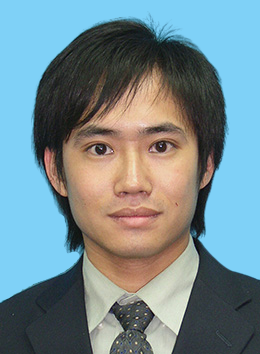“We all have the strength to build our dreams fearlessly. Being a woman in engineering ignites this strength and paves the way to #BreakTheBias.” says Mashiat Lamisa, a graduate of the HKUST’s Division of Integrative Systems and Design.
International Women’s Day on March 8 is a time to celebrate the achievements – social, economic, cultural, and political – of women worldwide.
Mashiat Lamisa arrived in Hong Kong almost five years ago from Bangladesh. But images from her home country of children rummaging through toxic rubbish, some of it imported electronic waste (e-waste), have not left her.
“Electronic goods – whether it’s an iPhone or a laptop – are designed to break, and a lot of these devices are discarded as e-waste and end up in landfills in Hong Kong – or third world places like my home country, causing heavy pollution and toxicity,” says the 23-year-old.
In 2021, the World Health Organization released a report on the impact of e-waste on human health and found that those working to recover valuable materials such as copper and gold from the growing global tide of e-waste are at risk of exposure to more than 1,000 harmful substances, including lead, mercury and nickel.
Passionate about global health and sustainability, Lamisa got busy with Projekt, a social enterprise that teaches people how to fix their devices instead of throwing them out.
Driven by its “universal right to repair” philosophy, Projekt wants people to rethink consumerism and e-waste to help the environment.
“There’s a lot of stress, money and regulations around repairing devices, so we set up workshops to show people how easy it is to fix them,” says Lamisa, a graduate of the Hong Kong University of Science and Technology’s Integrative Systems and Design course.
“We take dead devices, dismantle them, and upcycle them into jewellery – it’s also a good way for people to see the inner workings of their electronics,” she says.
“One woman brought her mum’s old phone to a workshop and made a locket for herself. Now she can keep it forever.”
To read more:
South China Morning Post
On International Women’s Day 2022, three Hong Kong trailblazers for sustainability, social justice and gender equality
IWD X HKUST
SPOTLIGHTS ON WOMEN


